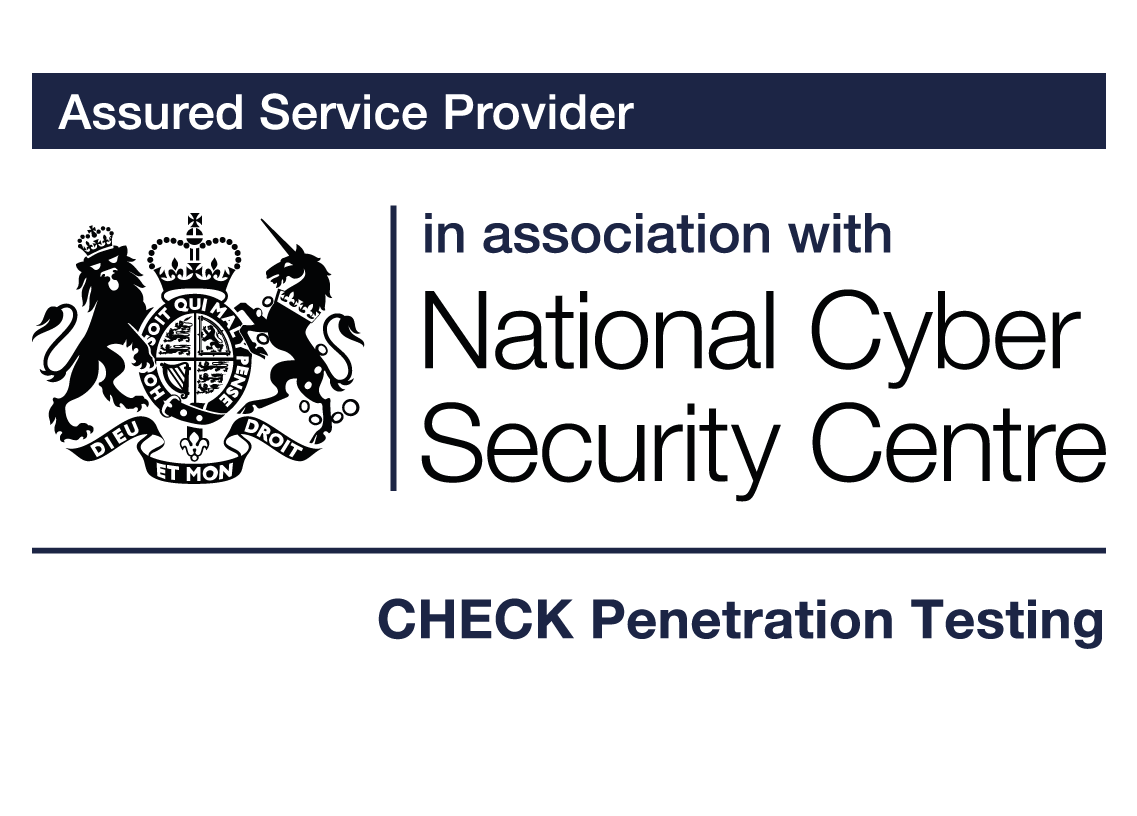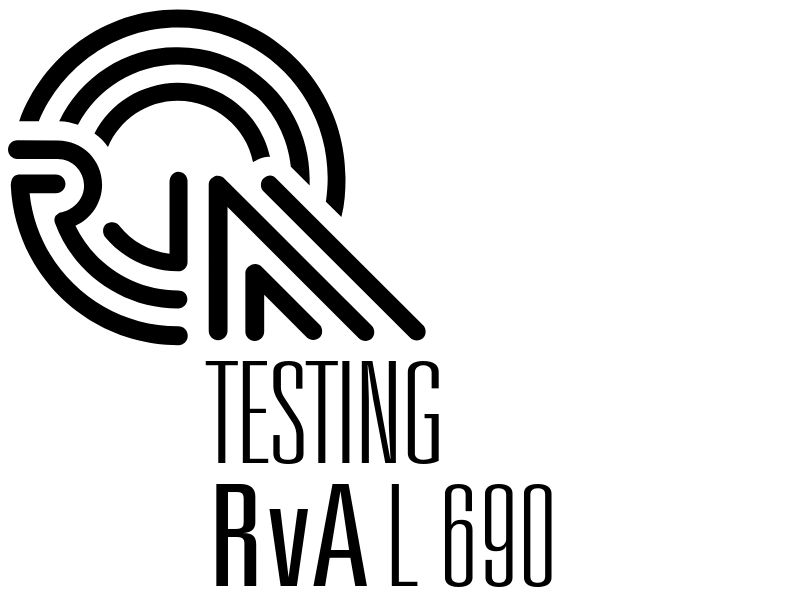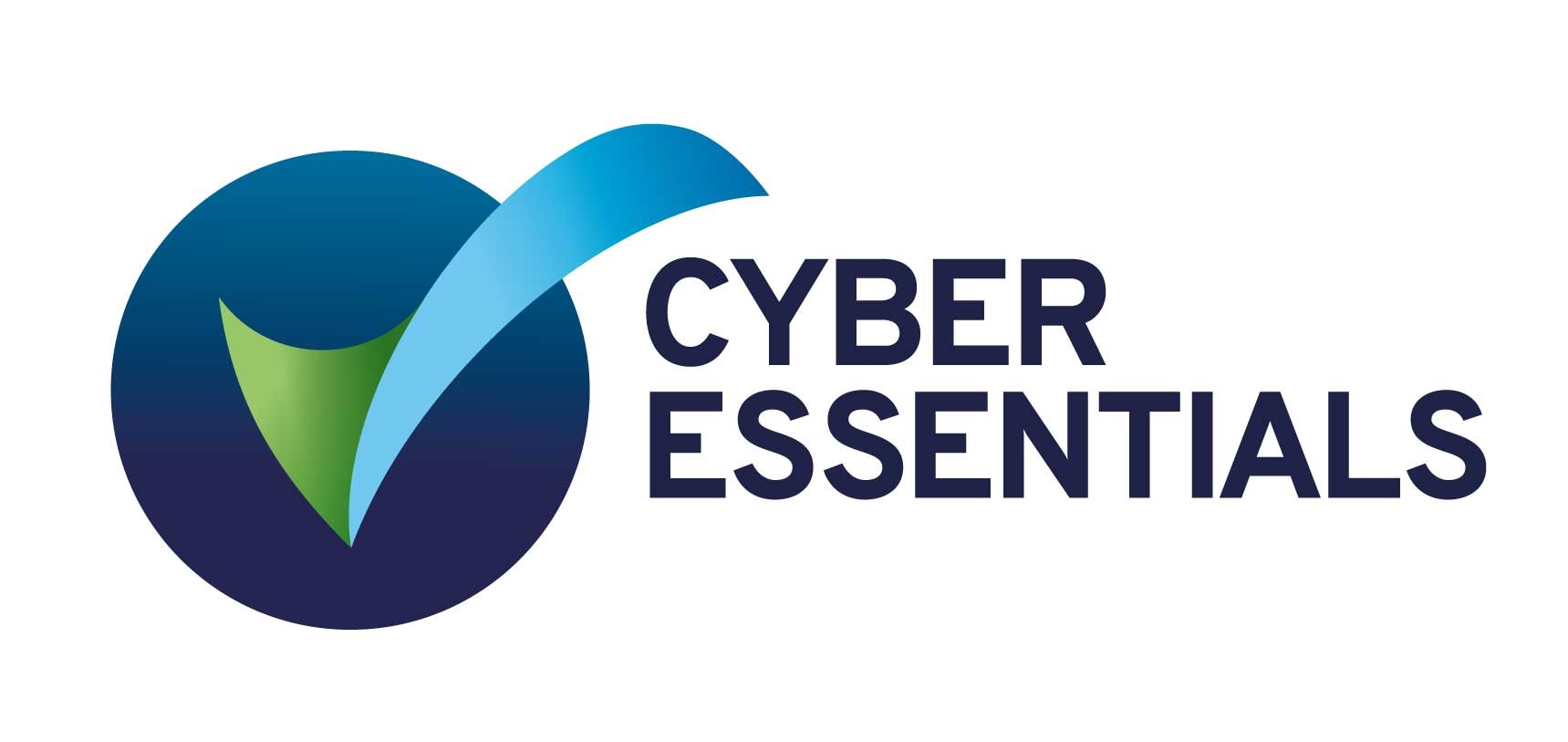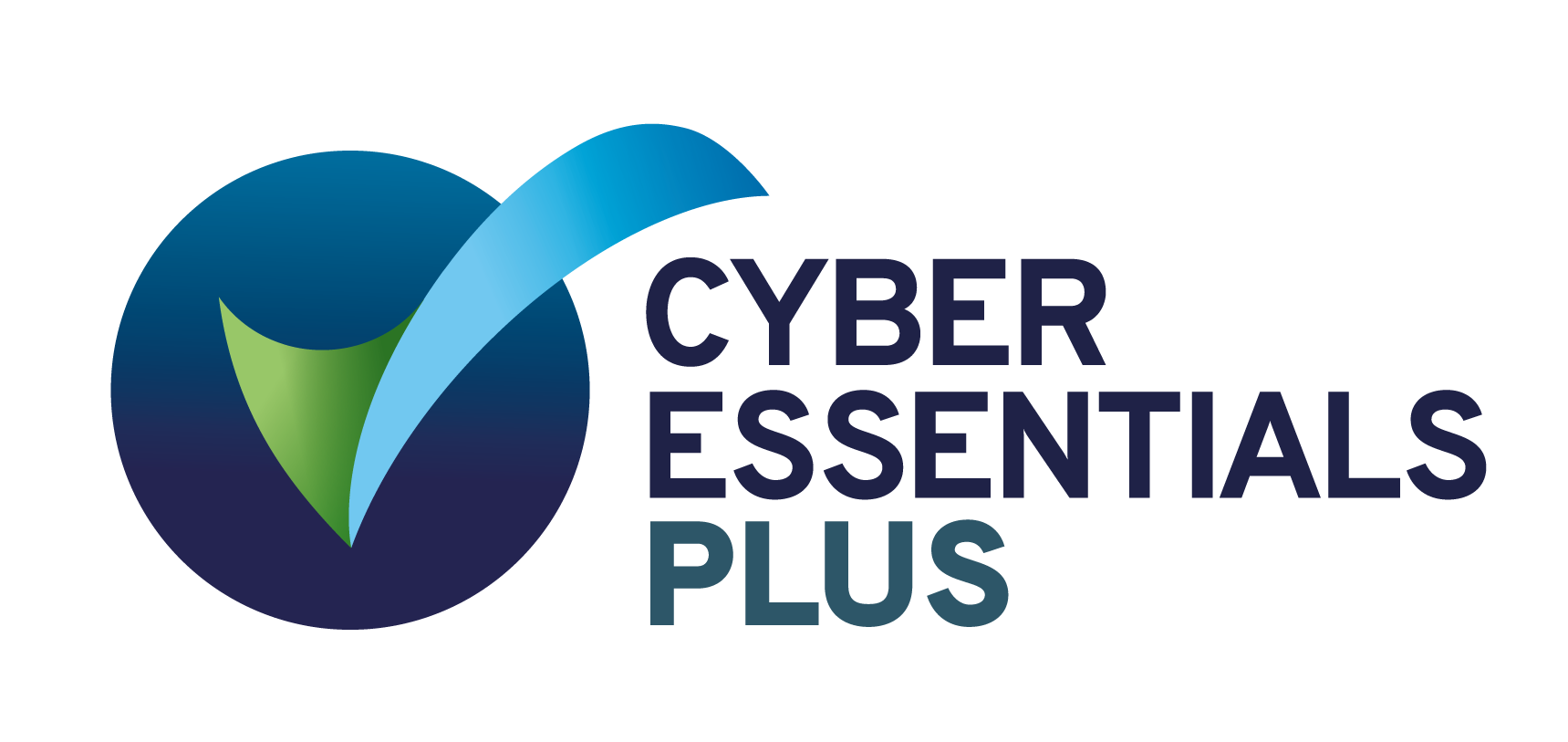The top three cyber security priorities for CISOs in 2025
18 February 2025 – Today’s cyber security landscape is more volatile than ever, with digital transformation and cloud adoption rapidly expanding the attack surface. Highlighting the risks, 2024 saw an alarming increase in the scale, sophistication and frequency of cyber attacks, with organisations from all industries falling victim. From attacks on public institutions to the healthcare sector, telecommunications and even transport providers, it was a year that reinforced how vulnerable all operations are.
Faced with this increasingly high-risk threat environment, CISOs must navigate the shifting cyber security terrain and prioritise proactive cyber defences to safeguard their organisation. Let’s delve into the three most critical priorities and explore why they’re essential for maintaining robust cyber security in 2025 and beyond.
1. Secure data utilised by third-party AI tools
The rise of third-party AI tools has revolutionised numerous business processes, but without robust data security measures, organisations risk exposing their most valuable assets to AI breaches and compliance issues. Ensuring that data used by these tools is secure is critical for maintaining the integrity of operations.
Implementing robust network security measures is essential to safeguarding data as it moves across digital environments. Strong defences, such as firewalls, intrusion detection systems and secure access controls, help prevent unauthorised access and cyber threats that could compromise data integrity. Encryption also plays a critical role – masking sensitive information and ensuring it remains unreadable to malicious actors even if it’s intercepted. By incorporating advanced encryption tools, organisations can significantly reduce the risk of data breaches and maintain compliance with industry security standards.
Beyond technical measures, raising awareness of cyber threats is equally essential when maintaining a secure digital environment. Employees should be vigilant against deep fakes and misinformation, which can potentially manipulate data integrity and erode trust in digital communications. Regular training sessions on phishing awareness can help teams recognise and avoid scams designed to steal credentials or install malicious software. Businesses should also carefully review the privacy policies of third-party AI tools to understand how data is processed and stored so that they can minimise the risk of unintended exposure. All employees should be encouraged to use strong, unique passwords across all platforms, and well-defined data-sharing protocols should be deployed to ensure that sensitive information is only accessible to authorised personnel.
By embedding these best practices into daily operations, organisations can build a resilient cybersecurity strategy that protects their data and reputation.
2. Secure AI solutions and the data they process
As their data moves into AI models, it’s critical for organisations to secure these systems and the data they process. As organisations increasingly integrate AI into business operations, new security challenges are being introduced. While traditional security is good at securing data at rest and in transit, it typically can’t protect data that AI is actively processing – data that’s ‘in use’.
Organisations must update their security to cover in-use data or risk exposing the sensitive information AI is using. A proactive, well-structured security approach is crucial to mitigating these risks, and to build this, organisations should focus on these three steps:
- Understand AI use: Begin by conducting a thorough assessment of how AI is integrated into business operations. This involves identifying the data sources AI models rely on, understanding how decisions are made and recognising potential security risks. Mapping out the AI lifecycle – from data collection and processing to model training and deployment -helps highlight vulnerabilities and ensures that security is embedded at every stage.
- Assemble a cross-functional team: AI security is not solely an IT or cyber security concern; it requires input from various departments, including compliance, data governance, legal and business operations. By forming a cross-functional team, organisations can assess security risks from multiple perspectives and develop a comprehensive strategy that balances innovation with risk management. This team should also establish clear accountability and governance structures to ensure AI security remains a top priority.
- Adopt best practices and secure AI frameworks: Strict security best practices are essential to protect AI models from attacks. This includes enforcing robust access controls, continuously monitoring AI decision-making for anomalies and ensuring compliance with industry regulations. Organisations that adopt secure AI frameworks ensure they have a structured approach to mitigating risks so they can develop AI systems that are secure by design.
- Embrace third-party risk management: Finally, the importance of a robust Third-Party Risk Management (TPRM) programme cannot be overstated, particularly as businesses increasingly outsource tasks to third-party vendors. TPRM is essential for identifying, assessing and mitigating risks associated with these external relationships. A well-implemented TPRM programme can enhance an organisation’s security posture and reduce vulnerabilities while ensuring compliance with relevant regulations.
A strong TPRM programme enhances operational resilience by safeguarding an organisation’s core operations from disruptions caused by external events. It also plays a vital role in compliance assurance, helping to mitigate the risk of fines and legal complications associated with regulatory non-compliance. Beyond this, a well-structured TPRM strategy also strengthens organisational credibility and trust by demonstrating reliability to clients and partners.
Making 2025 more secure
The many incidents of cyber crime committed in 2024 serve as a stark reminder of the threats that organisations face today and the necessity of clear cyber defence priorities and proactive cyber security strategies.
If you need assistance navigating these challenges, don’t hesitate to reach out to Resillion, a CREST-approved service provider. Our portfolio of services includes penetration testing, vulnerability management, managed detection and response and security consulting. Together, we can fortify your organisation against the evolving threats of the digital age.
Cyber Security
Protect, detect, respond, recover. Stay ahead of evolving threats and safeguard your organisation.
AI enabled Secure Software Delivery
Our AI Partnering Strategy will help you navigate the AI landscape
Our Accreditations and Certifications







